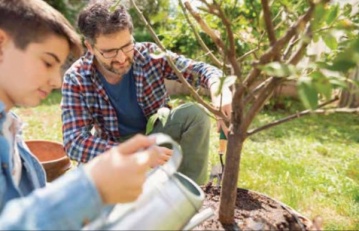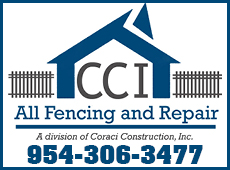
These facts and tips from the book “Now is the Time for Trees” offer practical insight on the importance of trees and how to nurture one from selection to planting and beyond.
A compelling and ever-growing body of evidence generated by scientists, health care professionals, conservationists, humanitarians and both public and private corporations supports the critical importance of trees and their impact on the human condition. Trees filter pollutants out of the air and water, and provide protection for people and communities from dangerous heat and flooding. They lower urban temperatures, reduce energy bills and sequester carbon to slow the rate of climate change.
When you plant a tree in your yard or neighborhood, that tree goes to work filtering out pollutants, intercepting stormwater and capturing carbon. With proper placement, that tree can also help lower household energy use by as much as 20 percent.
You can engage in the tree planting movement and make a difference by planting trees around your home and surrounding community with these tips.
Consider the Growing Region
Choosing a tree that will flourish in your growing region is fundamental to becoming a successful tree planter. Start by getting familiar with the growing conditions of your planting site, including factors like sunlight, soil condition and room to grow.
The amount of available sunlight at your planting location will determine which tree species will be successful. Most trees require full sunlight for proper growth and flowering. Some do well in (or even prefer) partial or light shade, but few perform well in dense shade.
Before you plant, get your soil tested by a lab to evaluate what’s happening underground. Test results, which are usually returned in a couple of weeks, provide a complete analysis of nutrients, possible contamination and pH (alkalinity or acidity), as well as directions for correcting problems.
Be conscious of overhead or underground utilities, pavement, buildings, other trees, traffic intersections and other factors that may impact your planting space.
Shopping for a Tree
When choosing which kind of tree to plant, be conscious of details like size, flowering, color (including how colors may vary through the seasons) and your view from inside the house. While shopping, you can rely on plant labels to learn details about a tree’s growth pattern, sun requirements, watering needs and soil requirements.
Two common styles of trees are container-grown trees, which spend their entire nursery lives growing in a container, and ball-and-burlap trees, which grow in the ground until they achieve a targeted size.
A well-tended container-grown tree has been carefully monitored and moved into larger containers as the plant grows. Be wary of a tree with roots that circle or twist within the container, which may cause roots to die. For a ball-and-burlap tree, look for a firm, securely tied root ball that is large enough to support the mature tree; it should be about 10-12 inches wide for every inch of trunk diameter.
Prepare Your Planting Site
Properly preparing your planting site is one of the best things you can do to get your tree off to a strong start. Before you plant, make sure your tree is thoroughly hydrated by watering the container or root ball several hours before proceeding. When planting a tree into a lawn, remove a circle of grass at least three feet in diameter where the tree will go, to reduce competition between turf and fine tree roots.
Start Digging
Dig a broad, shallow planting hole with gently sloping sides three-four times wider than the diameter of the root mass and the same depth. Mound removed soil on a tarp for easy backfilling. Loosening the soil on the sides of the hole allows roots to easily expand and establish faster, but don’t disturb soil at the bottom of the hole.
Once the tree is positioned, replace the soil while firmly but gently tamping the original soil around the base of the root ball to stabilize it. Create a water-holding basin around the tree by building up a ring of soil and water to settle roots. Spread protective mulch two-four inches deep in a three-foot diameter around the base of the tree, but not touching the trunk.
Find more tips to successfully plant and care for your trees at arborday.org.























